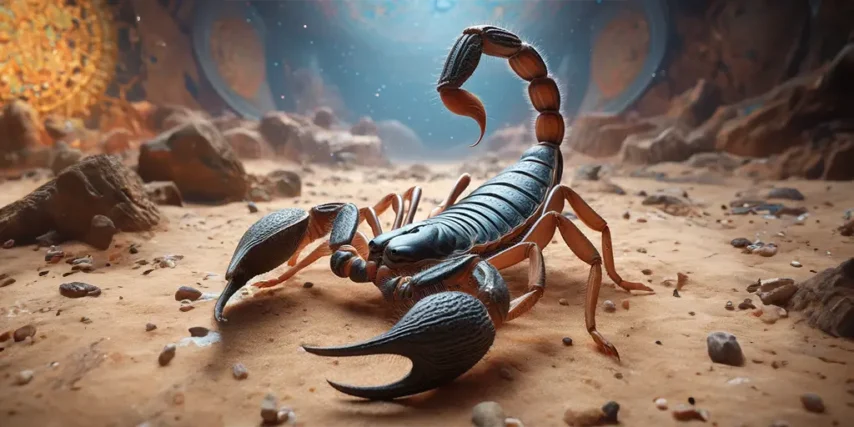Bellek güncellendi
The Fascinating World of Scorpions: Nature’s Intriguing Predators
Introduction
Scorpions are remarkable creatures that have roamed the Earth for hundreds of millions of years. These arachnids, known for their distinctive pincers and venomous stinger, captivate the curiosity of many. In this article, we delve into the fascinating world of scorpions, exploring their behavior, habitat, diet, and more.

Anatomy and Physiology
Scorpions are easily recognizable by their unique anatomy:
- Exoskeleton: Scorpions possess a hard, segmented exoskeleton made of chitin, providing protection and structural support.
- Pincers (Pedipalps): Their large, claw-like pincers are used for grasping prey and defending against predators.
- Stinger (Telson): Located at the end of their tail, the stinger delivers venom, used primarily for hunting and self-defense.
Habitat and Distribution
Scorpions are highly adaptable and can be found in a variety of environments:
- Deserts: Many species thrive in arid regions, where they hide under rocks and burrow in the sand.
- Forests: Some scorpions inhabit tropical and subtropical forests, residing in leaf litter and under logs.
- Mountains: Certain species are adapted to colder, mountainous regions, showcasing their remarkable resilience.
Behavior and Lifestyle
Scorpions exhibit fascinating behavioral traits:
- Nocturnal Hunters: Scorpions are primarily nocturnal, using the cover of darkness to hunt and avoid predators.
- Solitary Creatures: They are mostly solitary, coming together only for mating.
- Sensory Adaptations: Scorpions possess highly sensitive hairs and slit sensilla that detect vibrations, helping them locate prey and navigate their environment.

Diet and Hunting Techniques
Scorpions are carnivorous predators with diverse diets:
- Insectivores: Their primary diet consists of insects and other small arthropods.
- Ambush Predators: Scorpions lie in wait, using their camouflage and stillness to ambush unsuspecting prey.
- Venom Utilization: They use their venom to immobilize or kill prey, making consumption easier.
Reproduction and Lifecycle
The reproductive process of scorpions is both intricate and fascinating:
- Mating Dance: Courtship involves a “dance” where the male and female grasp each other’s pincers and move in a coordinated manner.
- Live Birth: Unlike many arachnids, scorpions give birth to live young, known as scorplings.
- Parental Care: Female scorpions often carry their young on their back until they undergo their first molt.
Venom and Human Interaction
Scorpions have a complex relationship with humans:
- Venom Potency: While most scorpion stings are harmless to humans, some species have venom potent enough to cause serious health issues.
- Medical Significance: Research into scorpion venom has led to potential medical applications, including pain relief and cancer treatment.
- Prevention and First Aid: Understanding scorpion behavior can help prevent stings, and knowing proper first aid can mitigate effects if stung.

Conservation and Importance
Scorpions play a crucial role in their ecosystems:
- Ecological Balance: As predators, they help control insect populations, maintaining ecological balance.
- Indicator Species: Scorpions serve as indicators of environmental health, with their presence or absence signaling changes in ecosystem conditions.
Conclusion
Scorpions are extraordinary creatures that inspire awe and intrigue. From their ancient lineage to their complex behaviors and ecological significance, scorpions are an integral part of the natural world. By understanding and appreciating these fascinating arachnids, we can better coexist with them and ensure their continued survival.







